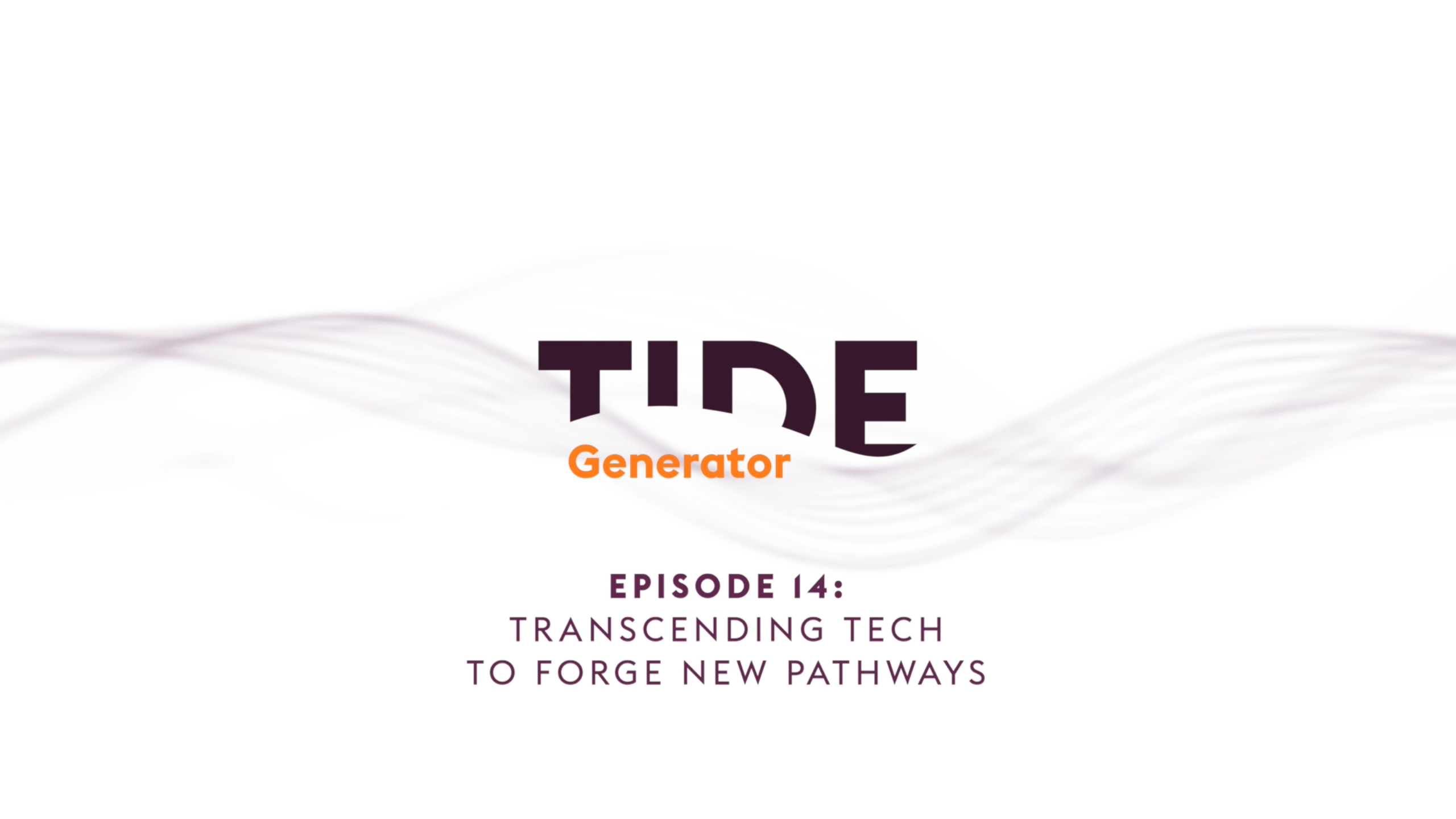Podcast: Transcending Technology to Create Narrative

When we hear the word interactive, it’s easy to immediately think about technology, or the way we interface with it. But interactivity begins with humans, and is in fact an extension of the gestures, spontaneity and engagement we use to gather an understanding of the world around us.
In this episode of TIDE Generator, podcast host Kirsten Nelson talks with Toshi Hoo, Director of the Emerging Media Lab at the Institute for the Future and Sundar Raman, Director of Technology with the Museum of the Future about creating the ideal balance of technological novelty and more analog forms of interactivity. Can we create more meaningful engagement by not letting technology get in the way of the narrative?
The Emerging Media Lab and other labs within the Institute for the Future have a focus on the impact that technology has on humanity. And with his background in museum exhibit design and communications technology, Toshi Hoo has a particular interest in how technology and communications connect us and allow us to transcend the individual — ultimately asking, how do we look beyond the novelty of technology to see how its capabilities can change society.
Toshi Hoo: How we think about it is not just, okay, what is this technology? What can it do? But more what does it do to us and, more specifically, how does it transform the kind of conversations we can have and what kind of stories that we can tell?
And from his standpoint in creating a narrative of experience at the Museum of the Future in Dubai, Sundar Raman is also investigating how we’ve used communications technology throughout human history, and how it shapes our beliefs and understanding of the world.
Sundar Raman: How do we normalize technology to start telling our stories using it, rather than making it the end point? It's an interesting evolution that we go through and I think we have a lot of space to grow into it.
And with this being a conversation about the future, we have to talk about AR and VR and just generally Mixed Reality (XR). But rather than getting hung up on the gear, it’s important to think about what an immersive experience can offer. Particularly once we acknowledge that as humans, we think with more than our brains. That’s where we get into “embodied cognition” theory.
Toshi Hoo: We think with our bodies, we think socially, and we actually think with our environments. It's much more relational…. And we've used these flat, relatively low-dimensional communication platforms and systems over the last few years to do amazing things. But we've been kind of disembodied in our collective thinking.… And so we're very interested in the idea of if we bring our embodied selves into our collaboration spaces, how does that transform the type of thinking, the values, the considerations, the design focus when we work in these kind of spaces?
And how can we add more senses within XR?
Sundar Raman: A lot of places think of interaction just with a sense of vision and touch, but so many spaces have specific smells. How does that get brought into XR? We don't really leverage all of the other senses as much as we potentially could.
And that’s just beginning. Listen to find out more about how AV and communications technology can combine with Mixed Reality setups and other immersive technologies to change the future.
Subscribe to the TIDE Generator Podcast on:
Anchor
Apple
Spotify




